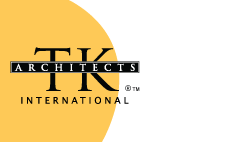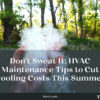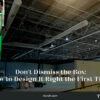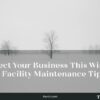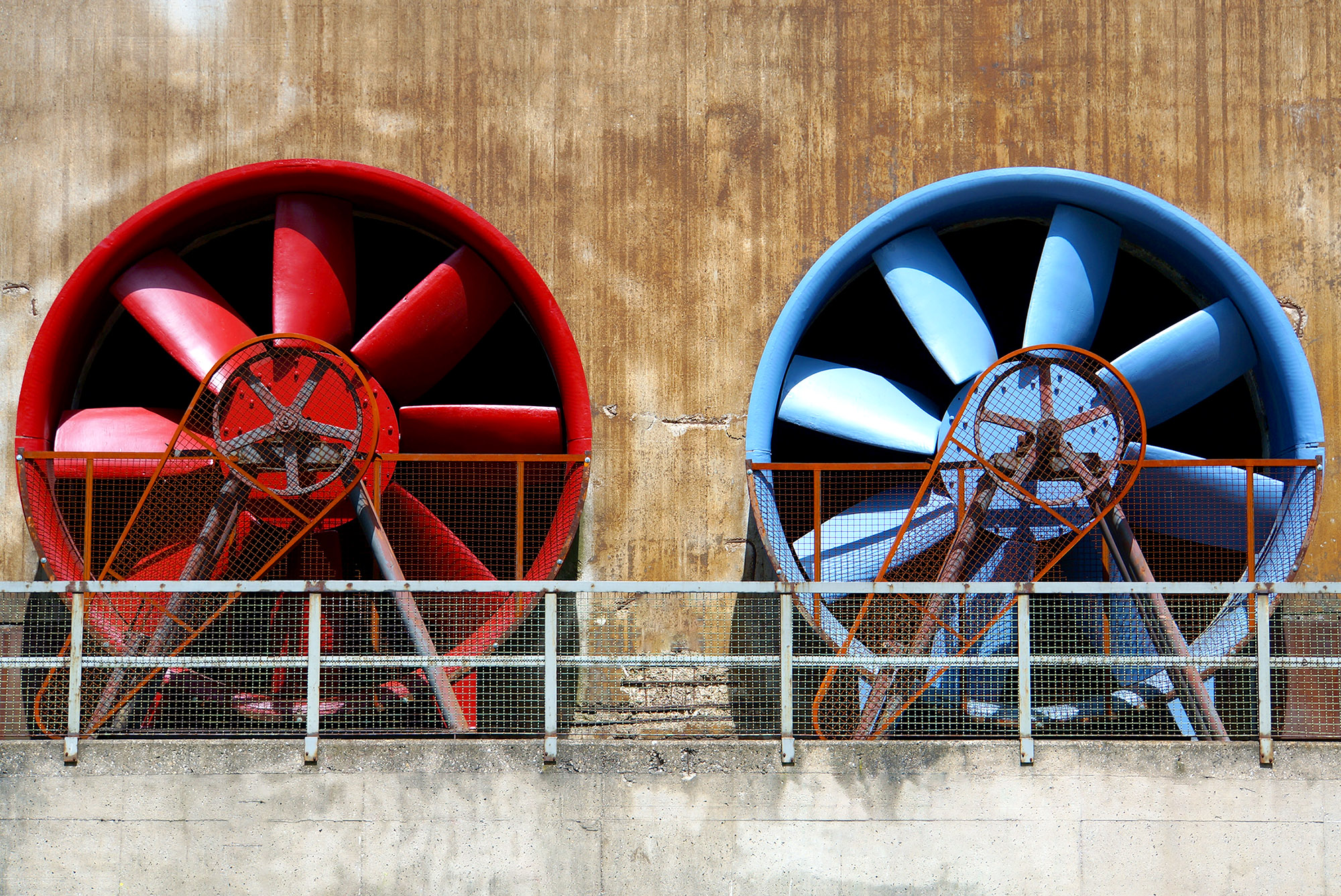
HVAC Best Practices: Explained
COVID Edition
September 2020
The hottest amenities, in commercial building design, are indoor air quality and touchless design. Technologies and design approaches that were on the fringe are now being pushed to the forefront. Now, let’s talk about air quality and ASHRAE, the American Society of Heating, Refrigeration, and Air Conditioning Engineers:
ASHRAE leadership has approved the following TWO statements regarding the transmission of SARS-CoV-2 and the operation of HVAC systems during the COVID-19 pandemic
- Transmission of SARS-CoV-2 through the air is sufficiently likely or likely enough, that airborne exposure to the virus should be controlled. Changes to building operations, including the operation of heating, ventilating, and air-conditioning systems, can reduce airborne exposures.
- Ventilation and filtration provided by heating, ventilating, and air-conditioning systems can reduce the airborne concentration of SARS-CoV-2 and thus the risk of transmission through the air. Conversely, unconditioned spaces can cause thermal stress to people that may be directly life-threatening and that may also lower resistance to infection. In general, disabling of heating, ventilating, and air-conditioning systems is not a recommended measure to reduce the transmission of the virus.
On August 6, 2020, the NATO task force and Cinema Safe, published a resource for exhibitors that included FIVE HVAC topics:
- All HVAC Systems should be in working order with increased ventilation whenever possible.
- Upgrade the building’s air filters consistent with CDC, state, and local guidance to the extent possible.
- Whenever possible, increase the quantity of outside air.
- Consider the use of portable high-efficiency air cleaners.
- Consider hiring an HVAC expert, such as an industrial hygienist, to assess and optimize airflow and air exchange.
*REFERENCE: National Association of Theatre Owners (NATO) COVID-19 GUIDANCE 8.6.2020 (emphasis by TKA)
1. VENTILATION DISCUSSION
International Mechanical Code (IMC) definition, Ventilation is the natural or mechanical process of supplying conditioned or unconditioned air to a space or removing such air from any space. We understand this guideline to be referring to ‘total supply air’ from your HVAC equipment. To increase ventilation, the supply air fan speed must be increased which includes adjusting belts and, in some cases, increasing fan motor size. This work can generally be done by an HVAC contractor that has the ability to test and balance the system. Benefits and concerns include: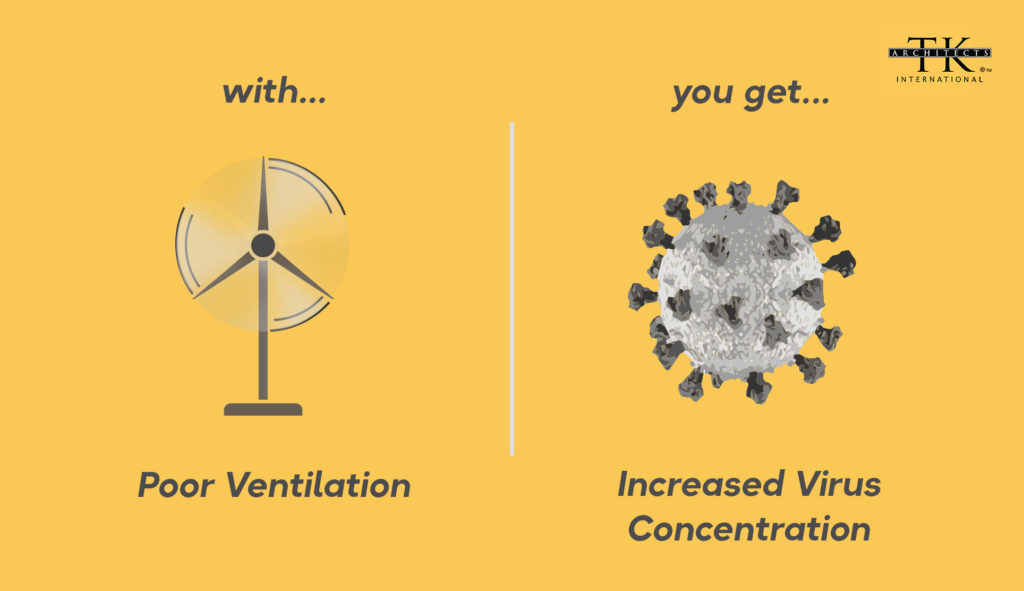
BENEFIT
- An increase in total ventilation reduces the time to exchange the volume of air within a space, thus improving filtration rates.
CONCERN
- Increasing fan speed will increase cooling coil velocity which can adversely affect the ability of the coil to remove moisture from the air, a concern in humid conditions. A typical Air Handling Unit will operate at between 350-425 CFM per Ton. (An existing 10 Ton unit is likely operating from 3,500 – 4,250 CFM.)
- Increasing air volume in the auditorium space can increase noise (NC) from the existing duct and supply/return outlets. The minimal increase can usually be made with undetectable noise increase. Perhaps additional system balancing may help to remedy detectable sound.
2. FILTER DISCUSSION:
Air filtration is required by the International Mechanical Code (IMC Section 605). Minimum filter efficiencies are not referenced in the Code, however, the referenced standards include:- UL 586 which refers to requirements that cover high-efficiency, particulate, air-filter units (HEPA filters) intended for the removal of very fine particulate matter (not less than 99.97 percent of 0.3 micron diameter particles) from the air of industrial and laboratory exhaust and ventilating systems.
- UL 867 which refers to requirements that cover electrostatic air cleaners.
- UL 900 which refers primarily to combustibility and smoke generation of filter media.
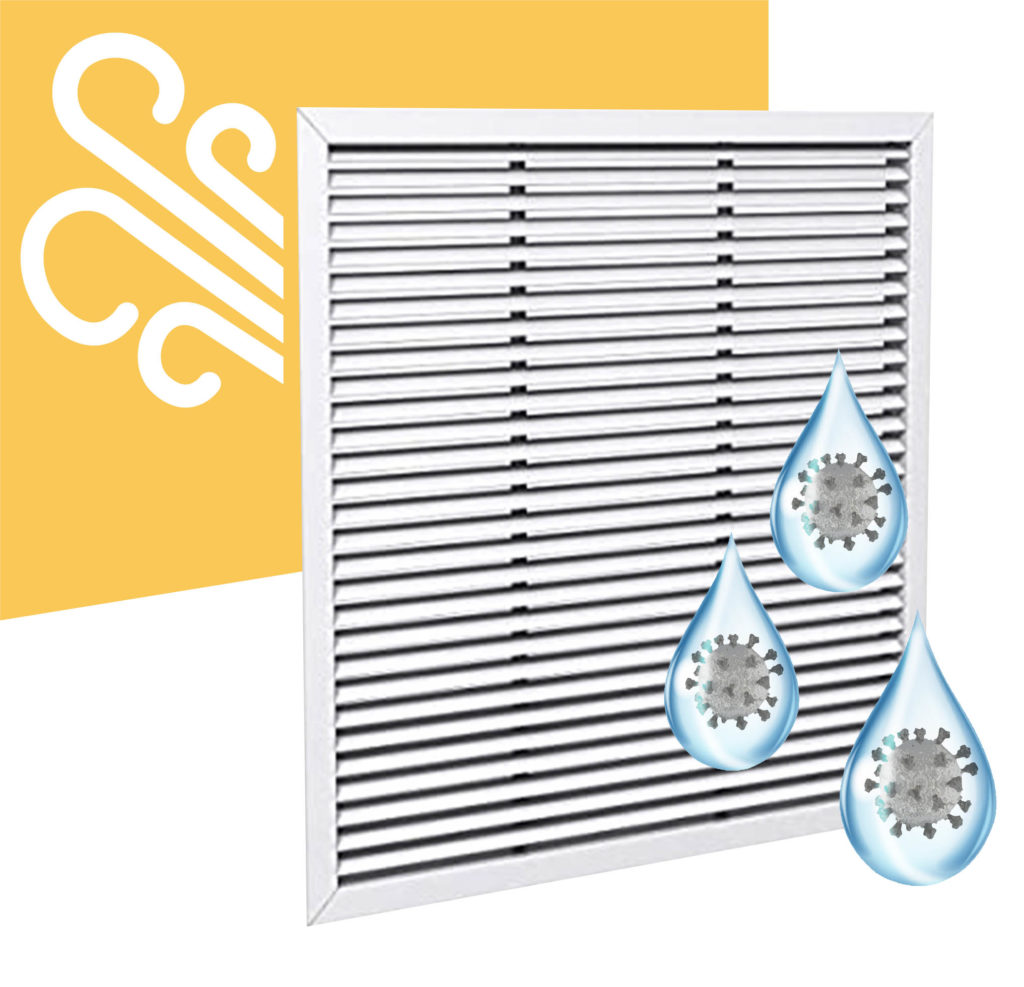
BENEFIT
- An increase in room air filtration may decrease the airborne concentration of the virus and may reduce the risk of transmission through the air. This is one of the primary goals as noted in ASHRAE Statements.
STATEMENT OF FACT
- Pre Covid-19 minimum standards for filters is MERV 6. Typical commercial specifications are MERV 8, 2” pleated panel filters.
- Current ASHRAE recommendations for School Reopening are MERV 13 or higher.
- SARS-CoV-2 virus is reported by the CDC to be between .06 and .13 microns in size.
- MERV 8 is rated at 20% efficient on particle size of 1.0-3.0 microns.
- MERV 13 is rated at 50% efficient on particle size of 0.3-1.0 microns (85% on 1.0-3.0 microns).
- While the filters cannot remove particles the size of the virus, the CDC states that the virus is thought to transmit on respiratory droplets, (aerosol) a size that is much larger. ASHRAE states these droplets can be collected on sub-HEPA filters such as MERV 13.
- Choosing a filter rating will be limited by physical size and static pressure drop across the filter relative to the capacity of the existing fan motor.
- Most filter media is susceptible to UVC damage. Avoid UVC lights from hitting filters.
3. OUTSIDE AIR DISCUSSION
In the International Mechanical Code, there is a definition, Ventilation Air is the portion of supply air that comes from the outside, plus any recirculated air that has been treated to maintain the desired quality of air within a designated space. There is a NATO/Cinema Safe guideline that proposes an increase to that portion of supply air from the outside. Typically, all auditorium air handling systems are designed to incorporate a minimum level of outdoor air. This rate of outside air is typically based on the occupant load. The adjustment can generally be done by an HVAC contractor that has the equipment and training to test and balance the system. Benefits and concerns include: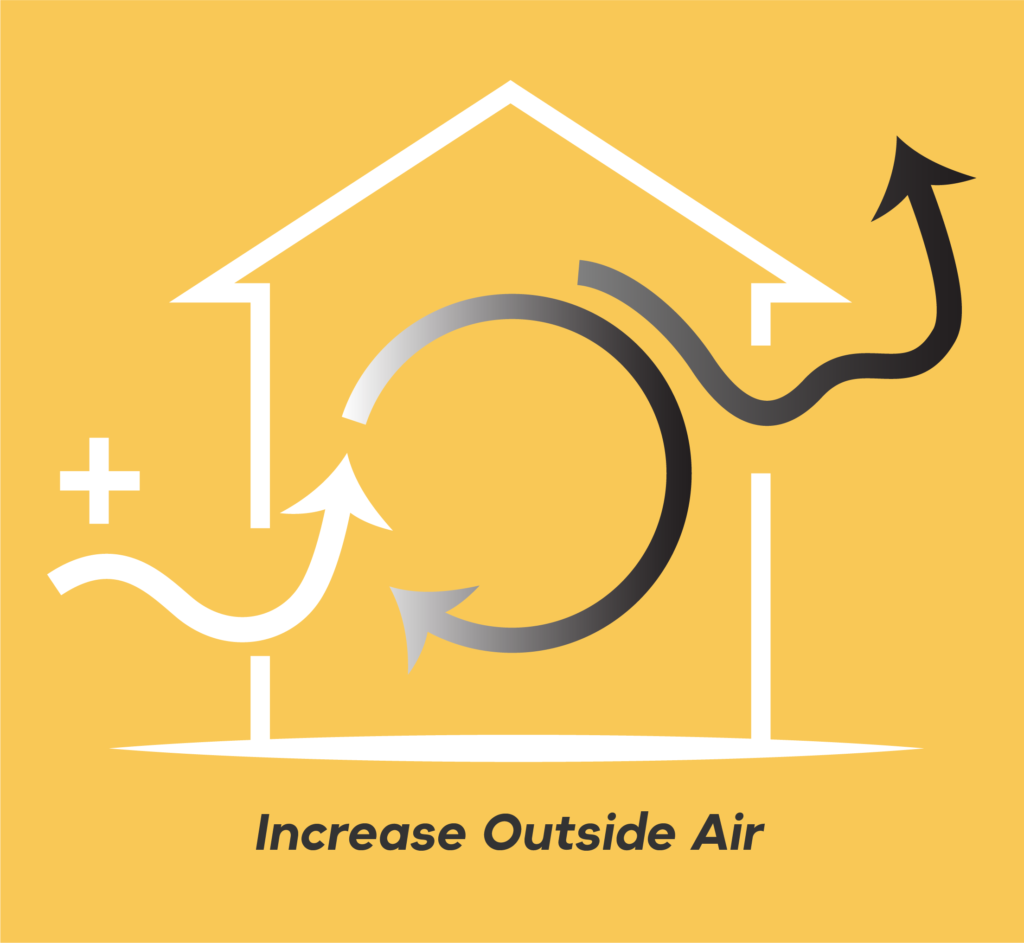
BENEFIT
- An increase in outdoor air will decrease the airborne concentration of the virus and may reduce the risk of transmission through the air. This is one of the primary goals as noted in the ASHRAE Epidemic Task Force Statements.
CONCERN
- For summertime (cooling) operation, an increase in outside air can overwhelm the capacity of the equipment to cool and/or remove moisture from the space. In more humid climates, this could lead to a loss in room relative humidity affecting occupant comfort.
- For wintertime (heating) operation, an increase in outside air can not only overwhelm the capacity of the heating unit, but excessively cold air can damage the heat exchanger.
- Typically units are set to a ‘Night Time’ or ‘Unoccupied’ setting after hours. This setting typically shuts down the unit fan and outside air damper and therefore ASHRAE recommends expanding start and end times of building ‘Occupied’ mode of the HVAC systems by 2 hours.
4. PORTABLE EQUIPMENT DISCUSSION
Various high-volume high-efficiency portable equipment offerings are being introduced into the market.- Equipment tends to create quite a bit of noise.
- Where UVC is employed it can be dangerous to occupants so it is recommended for non-occupied times.
- Power requirements need to be considered.
- Maintenance (cleaning) of contaminated filter media protocols are required.
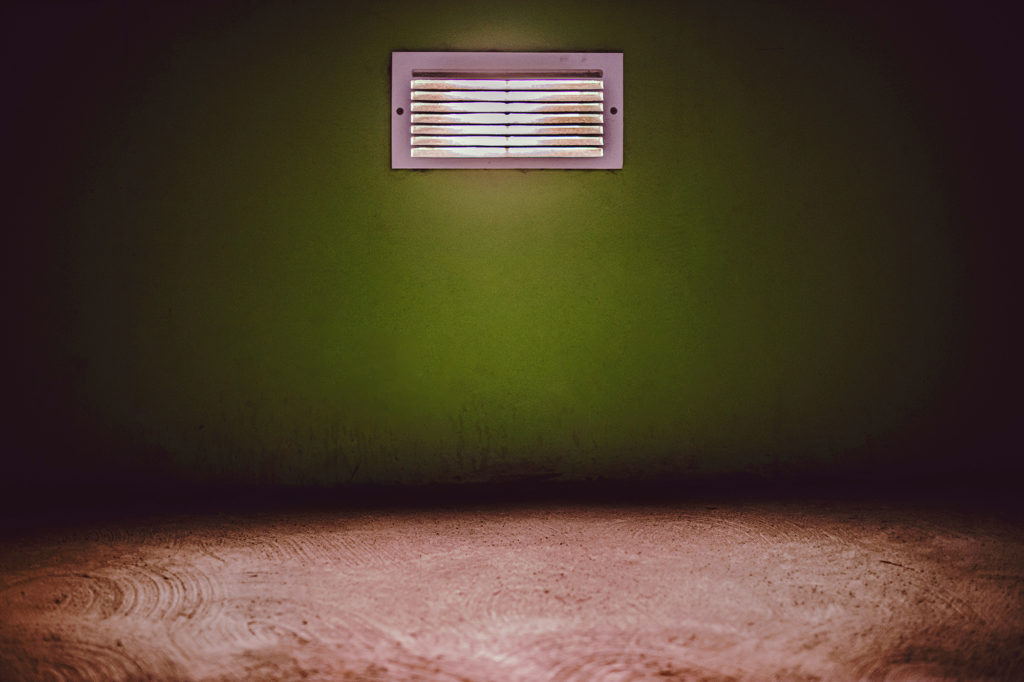
5. ASSESSMENT DISCUSSION
Consider a building assessment that would include a team of an Engineer and Mechanical Contractor/Air Balance technician. For existing facilities, the first step might be to review available Mechanical Construction Drawings followed by existing systems testing. Testing should include:- Verify thermostat settings and occupancy controls.
- Document nameplate make and model data for the equipment.
- Overall supply airflow (CFM)
- Document motor nameplate amp data and current loading
- Rate of total supply airflow and total static pressure.
- Rate of outside airflow during normal operations
- Outdoor air accessory summary including size (capacity) and control of outdoor air damper. Damper control may include motorized damper or fixed damper.
- Record type of filter currently installed including width capacity
- Measure static pressure drop across the existing filter.
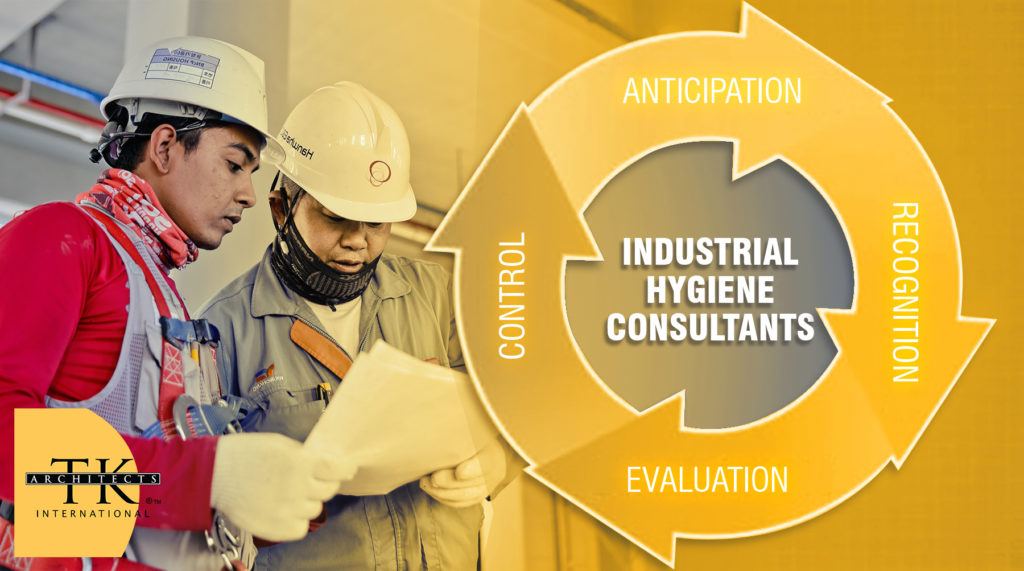
Industrial hygienists are described by OSHA as dedicated engineers whose job is to analyze, identify, and measure workplace hazards or stresses that can cause sickness, impaired health, or significant discomfort in workers through chemical, physical, ergonomic, or biological exposures. The TKA discussion does not address recommendations that may come from this profession.
SUMMARY POINT
Decreased Occupant load will automatically increase room ventilation and outside air based on a ‘per occupant’ rate. Where Recliner Seating Retrofits have been installed, maximum occupancy has already been reduced so original outdoor ventilation rates likely exceed Code minimum. Since outdoor air is known to be a large portion of the unit load, outdoor air dampers may have been adjusted down, below design minimums to save on operating costs.
Germicidal Ultraviolet Light and Ionization Remedies
ASHRAE is recommending the installation of UV-C lights and/or ionization in air handling equipment for General School Design Guidelines. We are continuing our research in these areas and will provide follow up.
Mechanical/Architectural Engineers will be very familiar with the ASHRAE Fundamentals Handbook that contains the principals that are the basics of design for the Air Conditioning Industry.
Please note published ASHRAE guidelines and building codes should be referenced for any recommended changes to existing building HVAC systems.
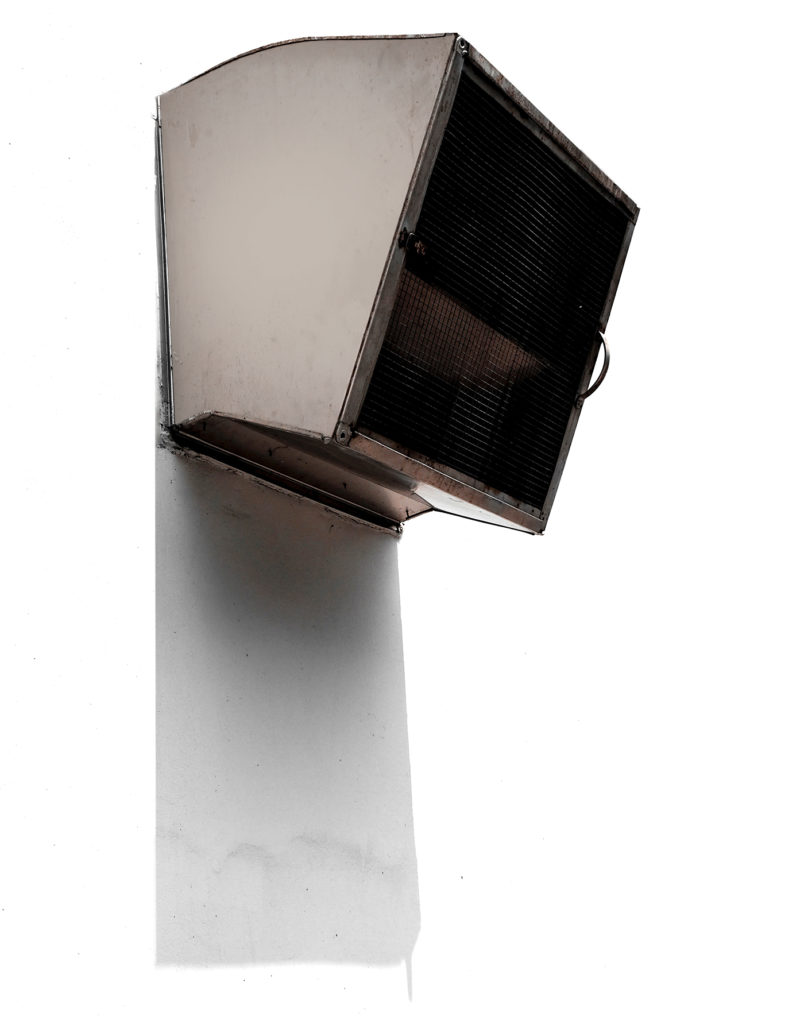
On July 17, 2020, ASHRAE Epidemic Task Force released a Reopening guide to Schools and Universities:
https://www.ashrae.org/file%20library/technical%20resources/covid-19/ashrae-reopening-schools-and-universities-c19-guidance.pdf
Brad Reynolds, PE
Founded in 1981, TK Architects is a full-service architectural firm that offers all professional design services in-house to simplify and streamline coordination, including: Architecture, Interior Design, Graphic Design, Structural Engineering, Mechanical, Electrical, and Plumbing Engineering. The firm’s focus is entertainment architecture and engineering, including cinema, bowling, bars/lounges, food service, and entertainment centers worldwide. TK Architects provides the right services at the right time to meet client’s specific needs, including: New Buildings, Tenant Interiors, Renovations, Facility Upgrades, and Maintenance.
For more information about TK Architects please visit www.tkarch.com or contact Jack C. Muffoletto, at jcmuffoletto@tkarch.com
